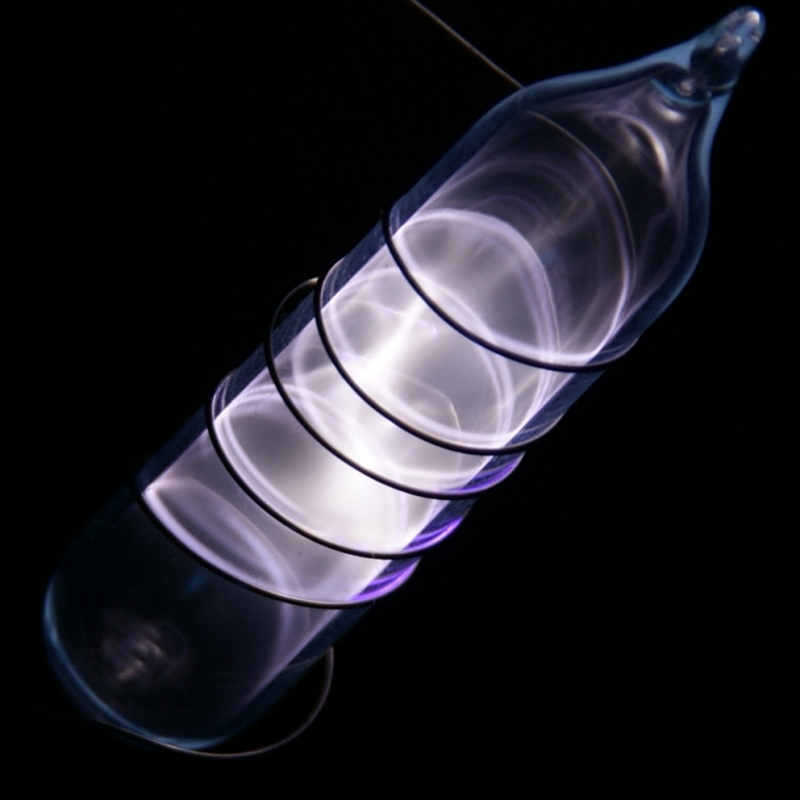Krypton

There is more to krypton gas than just its catchy name, which has nothing to do with Superman. It's also a pretty cunning little tool that the modern world employs for espionage in ways that the majority of us would never think about.
Krypton exists in the atmosphere as a gas. It doesn't last forever—its halflife is around 10.7 years—but it does so for long enough for you to acquire a sense of how much should always be in the air. And early on in the nuclear arms race, we discovered something crucial about krypton. It is a nuclear reactor byproduct.
The American government was able to use krypton as a sign that North Korea was working on nuclear weapons in the early 2000s. After the Second World War, they had employed this very same strategy. Americans were able to assess the levels of krypton in the atmosphere around the world and conclude that there was an excess of it by accounting for their own krypton production. That was able to inform them of the Russians' nuclear weapons development and even provided them with a general notion of how successful they were.











